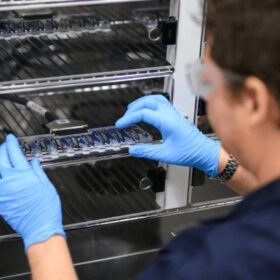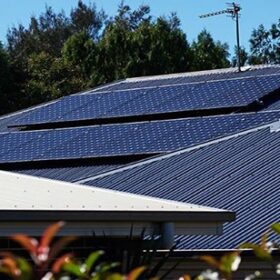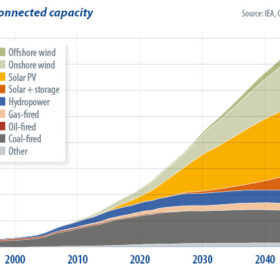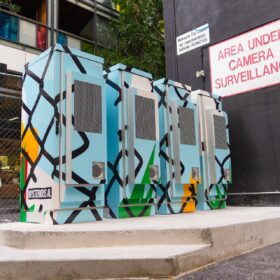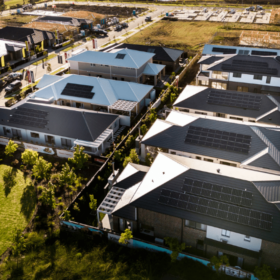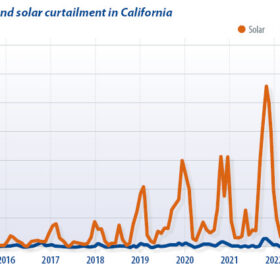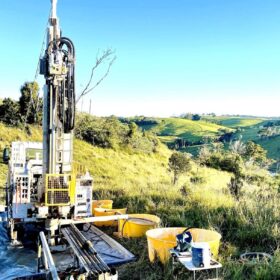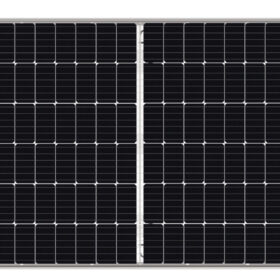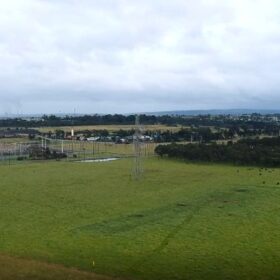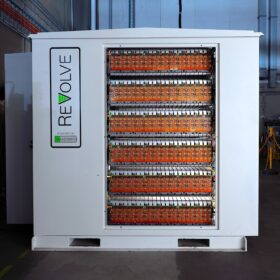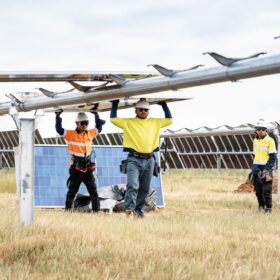Queensland launches battery supply chain database
The Queensland government has launched Australia’s first battery supply chain database to help local companies identify business and supply chain opportunities and to support domestic production and connect with potential investors.
Queensland outshines interstate rivals in rooftop solar stakes
Victorian solar company Solar Run has identified Queensland’s “aggressive” renewable energy policies as the driver for the state’s impressive PV installation rates with new analysis showing it leads Australia with more than 54,000 installs.
China could lead the world to net zero
China, with an 18% share of the global population, uses 26% of the world’s primary energy and emits 33% of the world’s energy-related CO2. The energy transition unfolding in the country isn’t merely a national affair as its ramifications echo globally, explains Mahnaz Hadizadeh, a researcher for consultancy DNV.
Melbourne connects first battery as part of planned city network
The first of three planned 150 kW battery energy storage systems that are to form a combined 450 kW / 1 MWh capacity coordinated battery network across inner Melbourne has been switched on.
AEMO reinforces role of rooftop solar in energy transition
The Australian Energy Market Operator’s latest Integrated System Plan has stamped the role rooftop solar will play in the nation’s energy transition, revealing that the total capacity of rooftop PV and other distributed solar in the nation’s main grid is forecast to rise from 21 GW to 86 GW by 2050.
Li-S lands funding to explore lightweight batteries in aircraft application
Lithium-sulphur battery play Li-S Energy has been awarded $1.35 million in federal funding to continue exploring the potential of its lightweight and energy dense batteries to deliver a drone that can operate from dawn to dusk on a single charge.
Weekend read: Time to talk curtailment
It’s time to assess curtailment, as rising amounts of excess generation are being wasted in several markets. This can be problematic for the solar industry but Toby Couture and David Jacobs, coordinators of think tank Global Solar PV Brain Trust, argue that curtailment is not always bad.
Early site investigations firm plans for 120 GWh pumped hydro project
Plans to build a 5 GW / 120 GWh pumped hydro energy storage system in Queensland’s Pioneer Valley have received a positive boost with geotechnical investigations revealing the site is ideally suited for dam and tunnel construction.
Australian manufacturer wheels out first electric bus in WA
The first of 18 electric buses to be manufactured in Perth as part of a joint $250 million Western Australian and federal government initiative has been rolled out as the state pushes ahead with plans to decarbonise its public transport system.
Longi claims 34.6% efficiency for perovskite-silicon tandem solar cell
The European Solar Test Installation has confirmed Longi’s achievement of a world record-breaking efficiency rating of 34.6% for a perovskite-silicon tandem solar cell.
